Yutian Yang
University of California, Davis
Research on Feature Extraction Data Processing System For MRI of Brain Diseases Based on Computer Deep Learning
Jun 23, 2024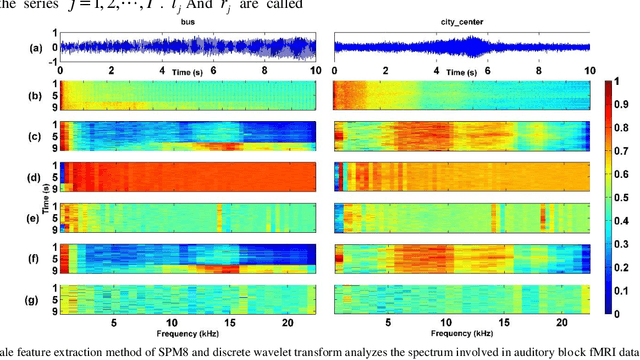
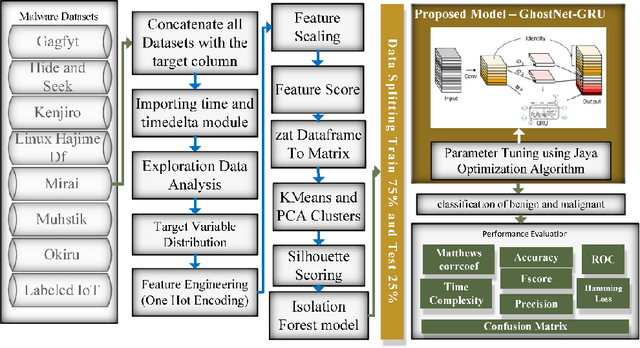
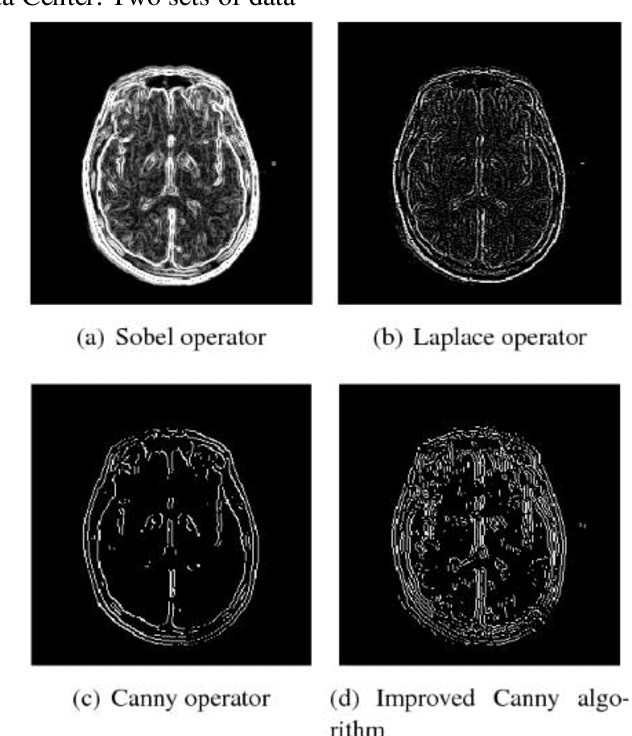
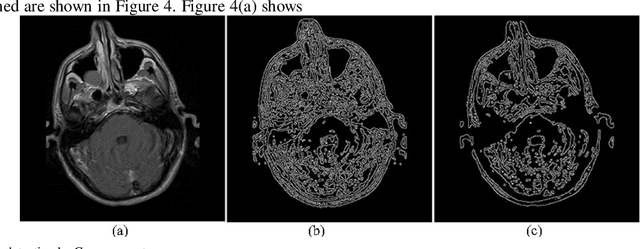
Abstract:Most of the existing wavelet image processing techniques are carried out in the form of single-scale reconstruction and multiple iterations. However, processing high-quality fMRI data presents problems such as mixed noise and excessive computation time. This project proposes the use of matrix operations by combining mixed noise elimination methods with wavelet analysis to replace traditional iterative algorithms. Functional magnetic resonance imaging (fMRI) of the auditory cortex of a single subject is analyzed and compared to the wavelet domain signal processing technology based on repeated times and the world's most influential SPM8. Experiments show that this algorithm is the fastest in computing time, and its detection effect is comparable to the traditional iterative algorithm. However, this has a higher practical value for the processing of FMRI data. In addition, the wavelet analysis method proposed signal processing to speed up the calculation rate.
Application of Computer Deep Learning Model in Diagnosis of Pulmonary Nodules
Jun 19, 2024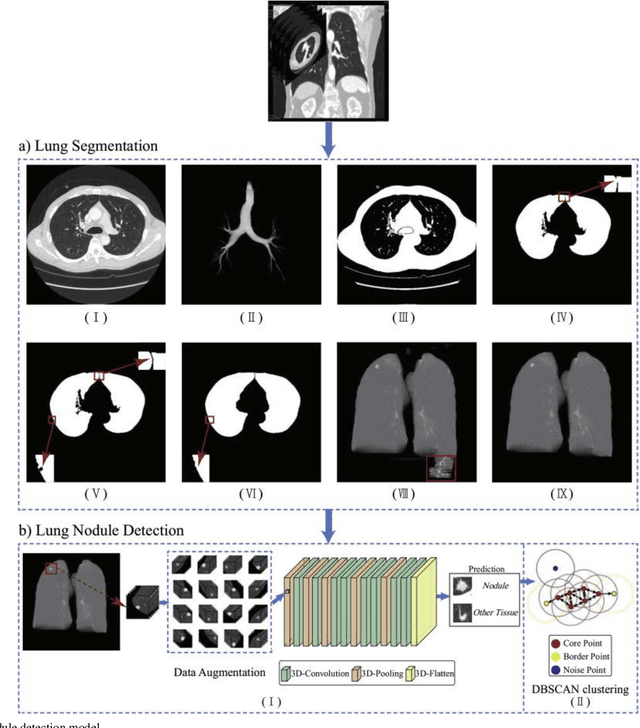
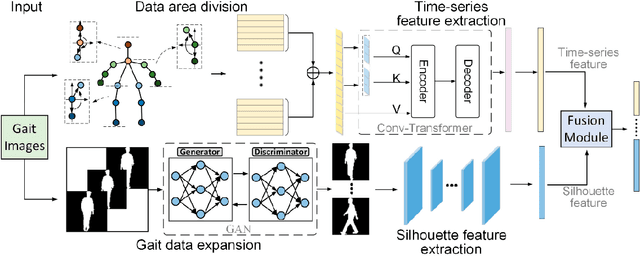
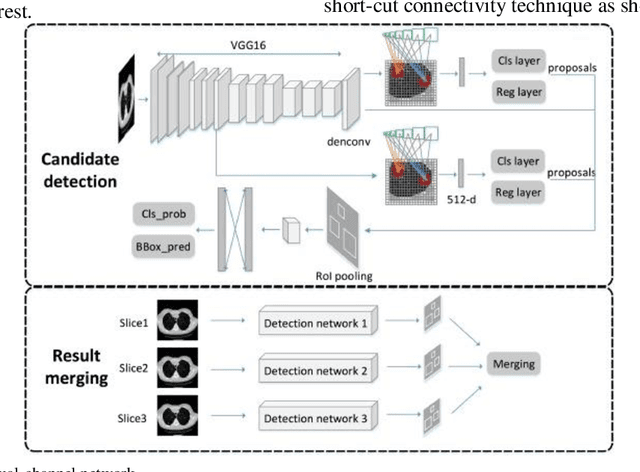
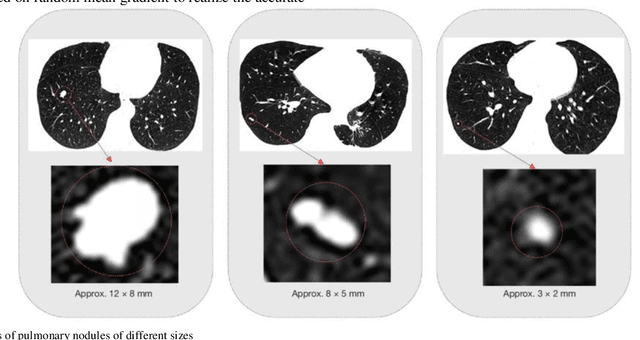
Abstract:The 3D simulation model of the lung was established by using the reconstruction method. A computer aided pulmonary nodule detection model was constructed. The process iterates over the images to refine the lung nodule recognition model based on neural networks. It is integrated with 3D virtual modeling technology to improve the interactivity of the system, so as to achieve intelligent recognition of lung nodules. A 3D RCNN (Region-based Convolutional Neural Network) was utilized for feature extraction and nodule identification. The LUNA16 large sample database was used as the research dataset. FROC (Free-response Receiver Operating Characteristic) analysis was applied to evaluate the model, calculating sensitivity at various false positive rates to derive the average FROC. Compared with conventional diagnostic methods, the recognition rate was significantly improved. This technique facilitates the detection of pulmonary abnormalities at an initial phase, which holds immense value for the prompt diagnosis of lung malignancies.
Adapting LLMs for Efficient Context Processing through Soft Prompt Compression
Apr 07, 2024



Abstract:The rapid advancement of Large Language Models (LLMs) has inaugurated a transformative epoch in natural language processing, fostering unprecedented proficiency in text generation, comprehension, and contextual scrutiny. Nevertheless, effectively handling extensive contexts, crucial for myriad applications, poses a formidable obstacle owing to the intrinsic constraints of the models' context window sizes and the computational burdens entailed by their operations. This investigation presents an innovative framework that strategically tailors LLMs for streamlined context processing by harnessing the synergies among natural language summarization, soft prompt compression, and augmented utility preservation mechanisms. Our methodology, dubbed SoftPromptComp, amalgamates natural language prompts extracted from summarization methodologies with dynamically generated soft prompts to forge a concise yet semantically robust depiction of protracted contexts. This depiction undergoes further refinement via a weighting mechanism optimizing information retention and utility for subsequent tasks. We substantiate that our framework markedly diminishes computational overhead and enhances LLMs' efficacy across various benchmarks, while upholding or even augmenting the caliber of the produced content. By amalgamating soft prompt compression with sophisticated summarization, SoftPromptComp confronts the dual challenges of managing lengthy contexts and ensuring model scalability. Our findings point towards a propitious trajectory for augmenting LLMs' applicability and efficiency, rendering them more versatile and pragmatic for real-world applications. This research enriches the ongoing discourse on optimizing language models, providing insights into the potency of soft prompts and summarization techniques as pivotal instruments for the forthcoming generation of NLP solutions.
 Add to Chrome
Add to Chrome Add to Firefox
Add to Firefox Add to Edge
Add to Edge